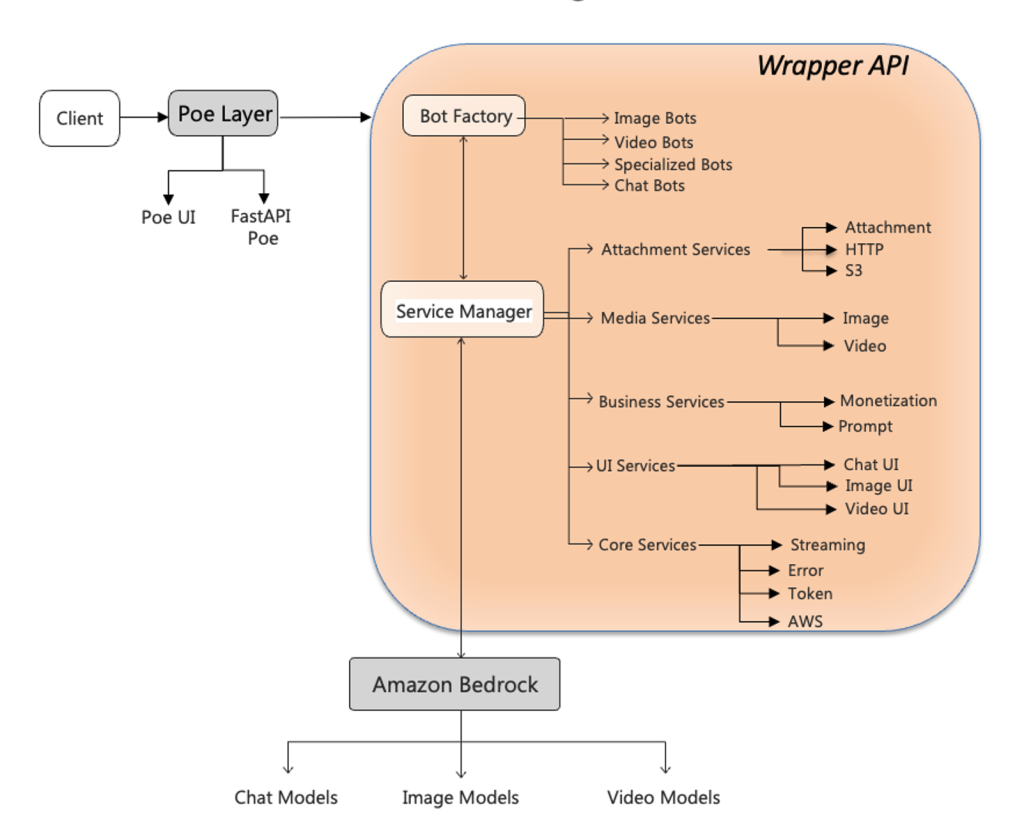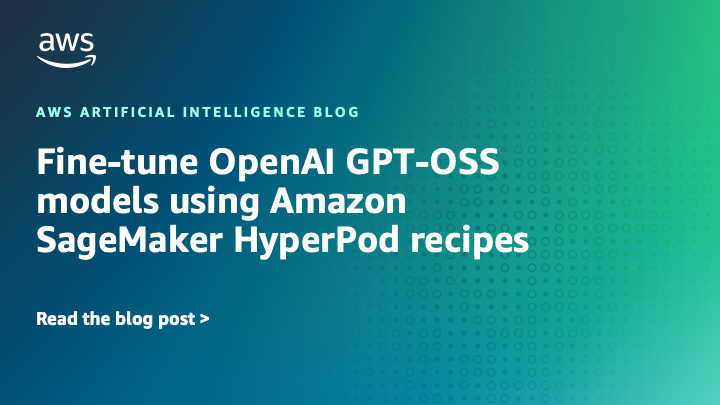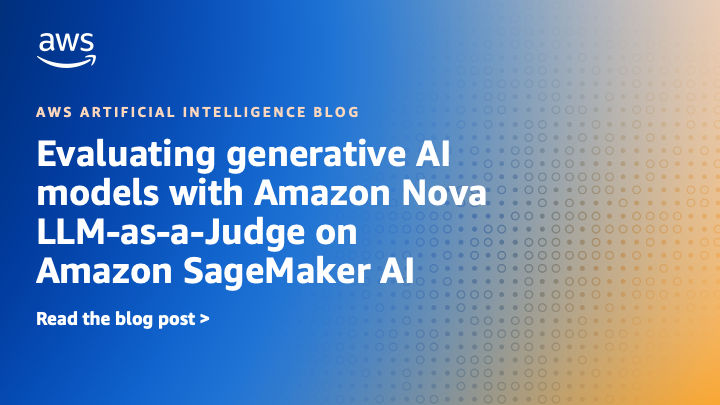Artificial Intelligence
Category: Foundation models
Scale visual production using Stability AI Image Services in Amazon Bedrock
This post was written with Alex Gnibus of Stability AI. Stability AI Image Services are now available in Amazon Bedrock, offering ready-to-use media editing capabilities delivered through the Amazon Bedrock API. These image editing tools expand on the capabilities of Stability AI’s Stable Diffusion 3.5 models (SD3.5) and Stable Image Core and Ultra models, which […]
Prompting for precision with Stability AI Image Services in Amazon Bedrock
Amazon Bedrock now offers Stability AI Image Services: 9 tools that improve how businesses create and modify images. The technology extends Stable Diffusion and Stable Image models to give you precise control over image creation and editing. Clear prompts are critical—they provide art direction to the AI system. Strong prompts control specific elements like tone, […]
Unified multimodal access layer for Quora’s Poe using Amazon Bedrock
In this post, we explore how the AWS Generative AI Innovation Center and Quora collaborated to build a unified wrapper API framework that dramatically accelerates the deployment of Amazon Bedrock FMs on Quora’s Poe system. We detail the technical architecture that bridges Poe’s event-driven ServerSentEvents protocol with Amazon Bedrock REST-based APIs, demonstrate how a template-based configuration system reduced deployment time from days to 15 minutes, and share implementation patterns for protocol translation, error handling, and multi-modal capabilities.
TII Falcon-H1 models now available on Amazon Bedrock Marketplace and Amazon SageMaker JumpStart
We are excited to announce the availability of the Technology Innovation Institute (TII)’s Falcon-H1 models on Amazon Bedrock Marketplace and Amazon SageMaker JumpStart. With this launch, developers and data scientists can now use six instruction-tuned Falcon-H1 models (0.5B, 1.5B, 1.5B-Deep, 3B, 7B, and 34B) on AWS, and have access to a comprehensive suite of hybrid architecture models that combine traditional attention mechanisms with State Space Models (SSMs) to deliver exceptional performance with unprecedented efficiency.
Document intelligence evolved: Building and evaluating KIE solutions that scale
In this blog post, we demonstrate an end-to-end approach for building and evaluating a KIE solution using Amazon Nova models available through Amazon Bedrock. This end-to-end approach encompasses three critical phases: data readiness (understanding and preparing your documents), solution development (implementing extraction logic with appropriate models), and performance measurement (evaluating accuracy, efficiency, and cost-effectiveness). We illustrate this comprehensive approach using the FATURA dataset—a collection of diverse invoice documents that serves as a representative proxy for real-world enterprise data.
Beyond the basics: A comprehensive foundation model selection framework for generative AI
As the model landscape expands, organizations face complex scenarios when selecting the right foundation model for their applications. In this blog post we present a systematic evaluation methodology for Amazon Bedrock users, combining theoretical frameworks with practical implementation strategies that empower data scientists and machine learning (ML) engineers to make optimal model selections.
Fine-tune OpenAI GPT-OSS models using Amazon SageMaker HyperPod recipes
This post is the second part of the GPT-OSS series focusing on model customization with Amazon SageMaker AI. In Part 1, we demonstrated fine-tuning GPT-OSS models using open source Hugging Face libraries with SageMaker training jobs, which supports distributed multi-GPU and multi-node configurations, so you can spin up high-performance clusters on demand. In this post, […]
Fine-tune OpenAI GPT-OSS models on Amazon SageMaker AI using Hugging Face libraries
Released on August 5, 2025, OpenAI’s GPT-OSS models, gpt-oss-20b and gpt-oss-120b, are now available on AWS through Amazon SageMaker AI and Amazon Bedrock. In this post, we walk through the process of fine-tuning a GPT-OSS model in a fully managed training environment using SageMaker AI training jobs.
Customize Amazon Nova in Amazon SageMaker AI using Direct Preference Optimization
At the AWS Summit in New York City, we introduced a comprehensive suite of model customization capabilities for Amazon Nova foundation models. Available as ready-to-use recipes on Amazon SageMaker AI, you can use them to adapt Nova Micro, Nova Lite, and Nova Pro across the model training lifecycle, including pre-training, supervised fine-tuning, and alignment. In this post, we present a streamlined approach to customize Nova Micro in SageMaker training jobs.
Evaluating generative AI models with Amazon Nova LLM-as-a-Judge on Amazon SageMaker AI
Evaluating the performance of large language models (LLMs) goes beyond statistical metrics like perplexity or bilingual evaluation understudy (BLEU) scores. For most real-world generative AI scenarios, it’s crucial to understand whether a model is producing better outputs than a baseline or an earlier iteration. This is especially important for applications such as summarization, content generation, […]









